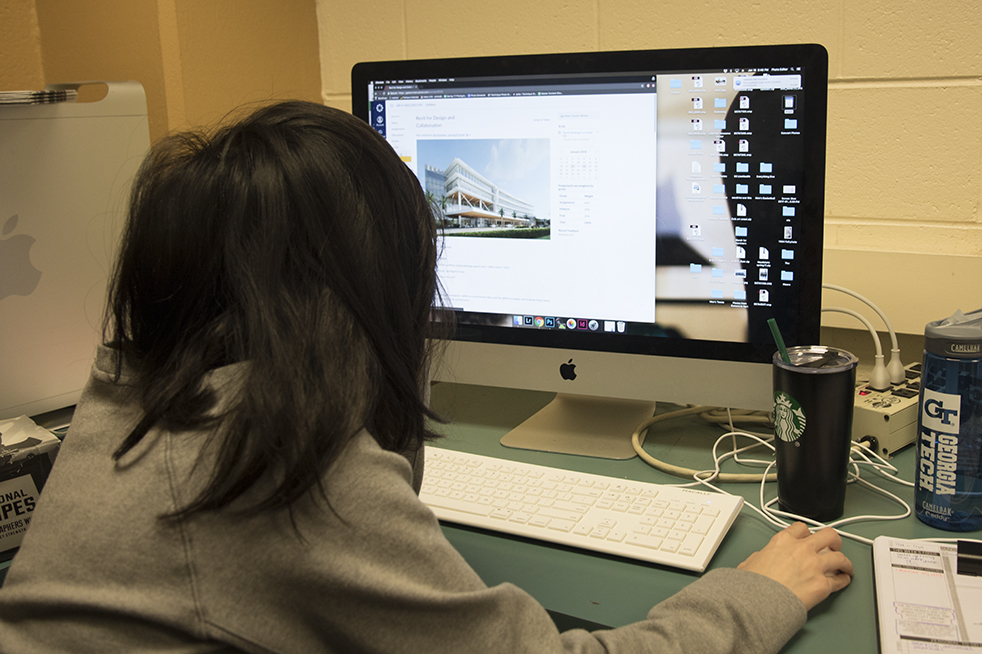
This semester has already seen many courses laying T-Square to rest by transitioning to Canvas, a platform used by several colleges for academic organization. This is the final term that professors may use T-Square for their courses.
It’s an important time to consider the importance of user interfance, ease of usability and allowing students to use their course platforms for communication and connections rather than a poster board. As Canvas is run by an external firm, it allows more resources to be dedicated into making the platform more student-friendly and conducive to learning.
The platform also allows you to share resources from Google Docs and Microsoft Office 365 with other students, easing the process of exchanging emails with your teammates and having documents and resources spread across the internet.
The bare bones that comprise T-Square allow students and teachers to use it for little more than one-sided communication. Students can also use Canvas to view announcements and messages from their courses collectively rather than sifting through an already-crowded email inbox.
A more friendly user interface may also, in the long run, make it easier for instructors to engage with students and play a more active role outside classes.
There are many other Tech platforms that could benefit from changes similar to those for course platforms. Buzzport and the registration interface are antiquated and provide options and information that students rarely use. More convenience for those looking to check their schedules and register for classes on their phones would be a plus, considering that students currently just have to open it in their browsers. Switching to Canvas is a step in the right direction, and we hope that other Tech platforms may adopt features to make them more student- and mobile-friendly.
